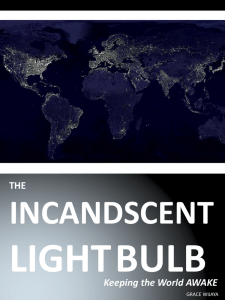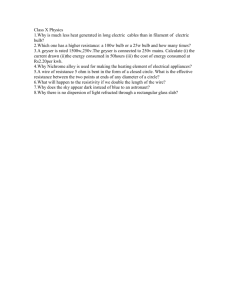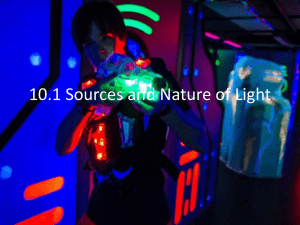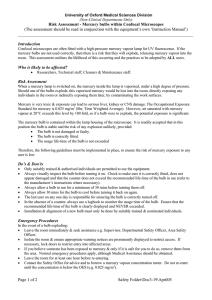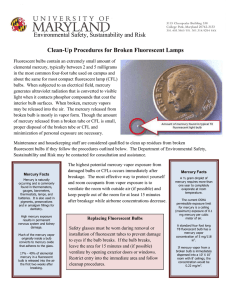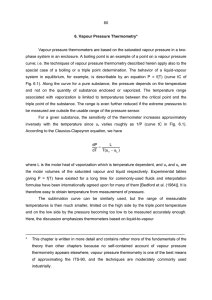Sources of Light Natural Light: Artificial Light: Light from the Sun
advertisement
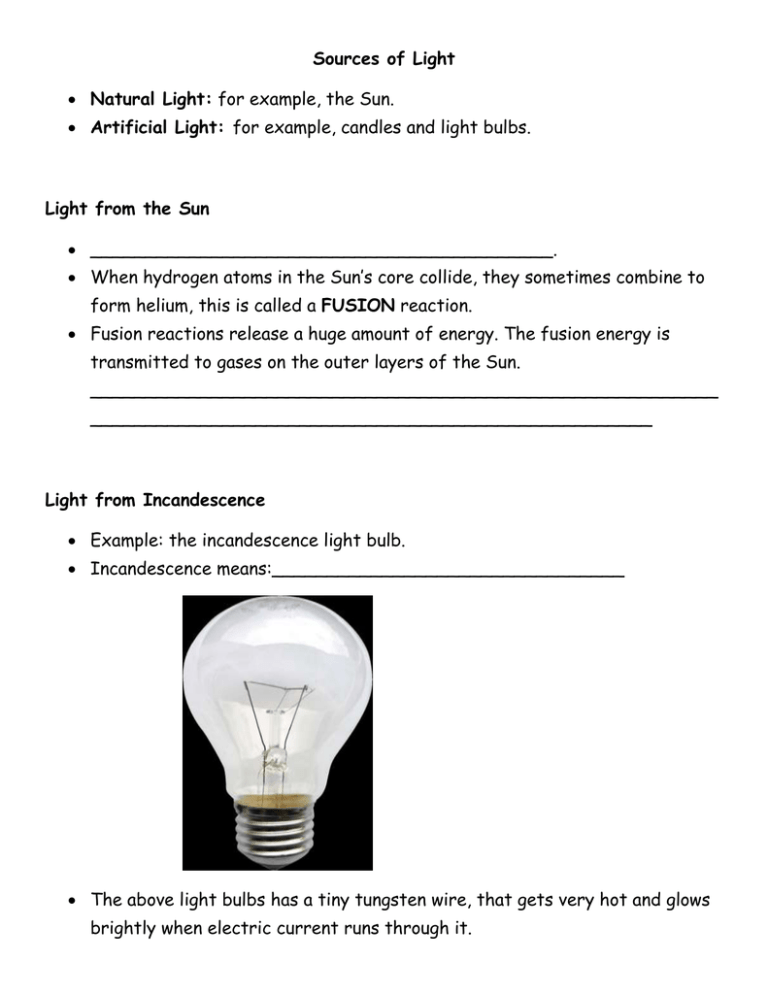
Sources of Light Natural Light: for example, the Sun. Artificial Light: for example, candles and light bulbs. Light from the Sun __________________________________________. When hydrogen atoms in the Sun’s core collide, they sometimes combine to form helium, this is called a FUSION reaction. Fusion reactions release a huge amount of energy. The fusion energy is transmitted to gases on the outer layers of the Sun. _________________________________________________________ ___________________________________________________ Light from Incandescence Example: the incandescence light bulb. Incandescence means:________________________________ The above light bulbs has a tiny tungsten wire, that gets very hot and glows brightly when electric current runs through it. It is very inefficient at producing light. Only _______ of the electrical energy uses becomes light. The remaining _______is lost as heat. Light from Electric Discharge Electric discharge: for example: some street lights are yellowish, they emit light from a heated ________________ instead of a heated wire. A common form of electric discharge bulb is athe sodium vapour bulb. It has an electrode at each end. It contains a drop of sodium and a small amount of mercury. Most of the air is removed from the bulb, and the sodium and mercury form a vapour. An electric current passes through the vapour and ecvites the atoms. When excited, they release the yellow light. Fluorescence A flourescence bulb is an ___________________ tube with an eletrode at each end. The bulb contains mercury vapour along with an inert gas, such as argon. The inside of the bulb is coated with a ________________called ____________. __________________________________ ______________________. The electrons travel through the gas from one electrode to the other.They then collide with with atoms of mercury and get excited, they release energy in the form of ultraviolet light (the human eye cannot see). The _________ ________________________________________, which emits visible light immediately, called fluorescence. Fluorescent lighting is ________________at producing light than incandescent lighting. ______of its energy is converted into light. They also _____________ than incandescent, but are more expensive. Types of Luminescence Luminescence: ___________________________________________. Example: Fluorescece, Phosphorescence, Chemiluminesence, and Bioluminesence. Phosphorescence: similar to fluorescence, except that the _______________ and retain the energy for several minutes or even a few hours. They glow long after they have absorbed ultraviolet light. For example: glow in the dark objects. Chemiluminesence: is light that is ________________________________ ___________________. For example: glow sticks. Bioluminescence: is light that is __________________________. Chemical reactions in living cells produce the light.
